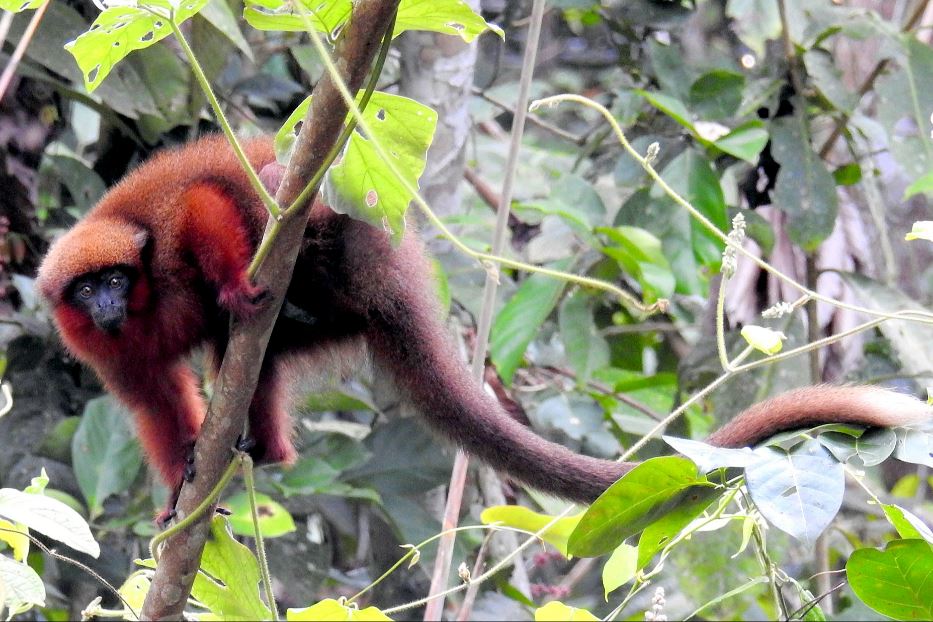The production of a protein isoform (ie, slightly different from the original, but sufficient to cause genetic modification, but not a true mutation) could be responsible for the loss of the tail in humans and apes. At least that’s according to a study described in the journal Nature, led by researchers from New York University Langone Health, Clemson University and Loyola University. The change, which occurred about 25 million years ago, would have aided the transition from tree life to land life, but also increased the risk of neural tube birth defects such as spina bifida.
A team led by Bo Xia, Jef Boek and Itai Yanai analyzed 140 genes associated with vertebrate tail development to trace the origin of this important evolutionary change. Unlike other primate species, hominoids – a group that includes humans, chimpanzees, gorillas, orangutans and gibbons – have no tail, one of the most obvious steps on the evolutionary path. The researchers hypothesize that the loss of the tail may be caused by the insertion of a specific genetic element into the Tbxt gene.
To confirm their theory, the researchers created mouse models (genetically modified rats, animals that are very important in research because they are developmentally similar to humans) that expressed different forms of the gene. The authors report that mice expressing the protein isoform had no tail or a shortened tail, depending on the relative amount expressed in the embryonic tail bud. The investigation also revealed that animals linked to a specific expression of the gene can develop neural tube defects, a condition that affects about one in a thousand newborns. These findings, the researchers conclude, suggest that the loss of the tail may have been an adaptive price for the potential for neural tube defects, such as spina bifida, which occurs when the spine does not develop properly.

